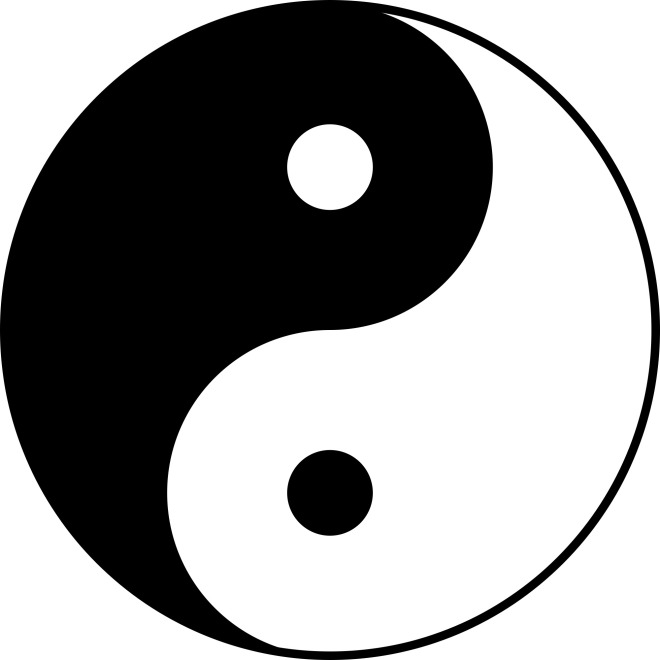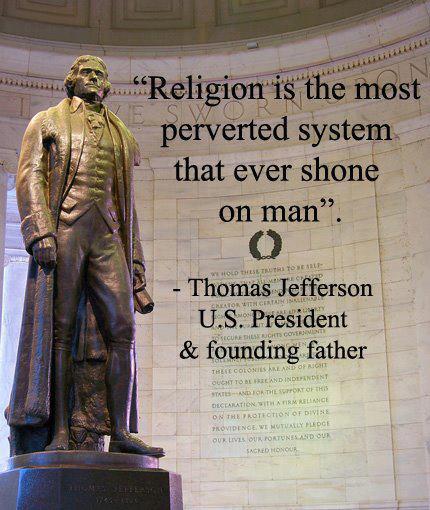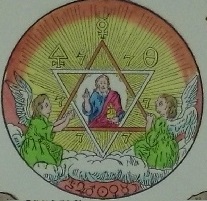Ever feel,like you’ve been conned? (on a side note,we tried to make sure we lower cased ever single “god”,if we missed any,we apologize. there were a ton,of the little buggars……)

This was the first incarnation of the Pledge of Allegiance, composed by Bellamy, though conspicuously missing two prominent elements, namely, any mention of the United States or of God.
In August and early September, millions of U.S. children return to school. For most, their mornings begin with them standing, hand over heart, to recite the Pledge of Allegiance to the U.S. flag. This is not, however, an antique custom. The Constitution specifies an oath of office for the president, and witnesses in court are customarily administered an oath that binds them to tell the truth. Average Americans, though, were not expected to perform any oaths of allegiance for the first century of the country’s existence, nor, in particular, were children required to make such pledges. Indeed, historian Richard Ellis, whose deeply informative To the Flag (2005) informs much of my writing about the pledge, has noted that “democracies generally do not require their children to pledge allegiance to the nation on a daily or even regular basis.” How, then, did the Pledge of Allegiance come to be seen as such a key patriotic exercise that we require it daily of our children?
The origins of the pledge cannot be understood apart from the “flag movement” of the 1880s, which itself cannot be understood apart from the Civil War. Just as U.S. (that is, Union) flags became more omnipresent during the war, so “loyalty tests” also spread. People suspected of disloyalty were often arrested, eligible for pardon if they submitted to an “oath of allegiance” swearing to “support, protect and defend the Constitution and Government of the United States against all enemies, whether domestic or foreign,” and to “bear true faith, allegiance and loyalty to the same.” Such oral and signed performances were thought to be rehabilitative, making real Americans out of those whose devotion was questionable or had wavered.
During the war, the practice of oath-taking and pledging did not extend beyond captured Confederate soldiers and their suspected Northern sympathizers, but the “cult of the flag” that emerged two decades later began to stir a desire in many Americans to have more citizens—maybe all citizens—demonstrate their respect for the flag. Schools, in particular, became a site for organizing around this impulse. For example, in the last 1880s in New York City, George T. Balch, a West Point graduate and veteran of the Civil War, organized a number of flag-related patriotic ceremonies for schoolchildren, and in his 1890 Methods of Teaching Patriotism in the Public Schools, he published the first known pledge to the U.S. flag: “We give our Heads! —and our Hearts! —to god! —and our Country!” Around the same time, Charles Homer of the Grand Army of the Republic (GAR) began encouraging the GAR to promote “flag presentation ceremonies” in schools around the country.
In October 1888, a popular weekly children’s magazine, the Youth’s Companion, started running advertisements selling flags, and in 1890 it sponsored a promotional essay contest for students on the topic “The Patriotic Influence of the American Flag When Raised over the Public School.” The winner from each state would receive a large flag for their school. That same year, James B. Upham, head of the magazine’s promotions department, concocted an idea for a national public school celebration of the four-hundredth anniversary of Columbus’s arrival in the Americas. He took his plan to the National Education Association, which appointed a steering committee chaired by Francis Bellamy, minister of Bethany Baptist Church in Boston and a Christian socialist, as well as an editor at the Youth’s Companion.
By the summer of 1892, Congress had declared October 21 (not October 12) “Discovery Day” and indicated that it should be commemorated with “suitable exercises in the schools and other places of assembly.” Upham, Bellamy, and the Youth’s Companion designed the specific exercises and published them in the magazine under the heading “Official Programme for the National Columbia Public School Celebration of October 21, 1892.” Included in the day’s activities were a presidential proclamation, a flag-raising by veterans, a song, a speech, a poem, and a salute to the flag. The third section of the program, “Salute to the Flag,” contained these guidelines:
At a signal from the principal the pupils, in ordered rank, hands to the side, face the flag. Another signal is given; every pupil gives the flag the military salute—right hand lifted, palm downward, to a line with the forehead and close to it. Standing thus, all repeat together slowly: “I pledge allegiance to my flag, and to the republic for which it stands: one nation, indivisible, with liberty and justice for all.” At the words, “to my flag,” the right hand is extended gracefully, palm outward, toward the flag, and remains in this gesture till the end of the affirmation; whereupon all hands immediately drop to the side. Then, still standing, as the instruments strike a chord, all will sing America—“My Country ’Tis of Thee.”
This was the first incarnation of the Pledge of Allegiance, composed by Bellamy, though conspicuously missing two prominent elements, namely, any mention of the United States or of god.
The Pledge of Allegiance was written only with this specific commemoration in mind, though, and with the express goal of driving sales of the Youth’s Companion. It likely would have fallen into obscurity if not for the intense anxiety about immigrants that began to grip many native-born Americans in the 1880s. More than 2.7 million immigrants arrived in the United States in the 1870s, followed by over 5.2 million in the 1880s and another 14.5 million between 1900 and 1919. Bellamy channeled the alarm many felt when he told the NEA in 1892 that “Americanism brings a duty . . . it must be made a force strong enough to touch the immigrant population which is pouring over our country.” Naturally the use of his pledge in public schools was a key component, he contended, for the inculcation of loyalty to the United States.
War only amplified this patriotic dread. When New York passed the first flag salute law in the country, the law required students to recite an allegiance pledge at the start of school to mark the beginning of the Spanish-American War in 1898. The state went so far as to promulgate its own Manual of Patriotism containing more than 400 patriotic poems, salutes, and songs for schools. The New York manual offers the option of five different flag salutes; although it includes Bellamy’s, it is listed dead last. It would remain a pledge of allegiance but not the Pledge of Allegiance until after World War I.
In 1923 the National Americanism Commission—a jingoist wing of the American Legion—believed that it was time for a single standard flag code, and it held a flag conference in Washington, D.C. Among the decisions made was to recognize Bellamy’s salute as the national Pledge to the Flag, with one small change of language. It was felt that “my flag” was too generic, so the conference recommended “the flag of the United States” instead. In a second meeting, held in 1924, the delegates appended “of America” to the pledge and specified that civilians should perform two gestures while reciting the pledge: a placing of the right hand over the heart, then a raising of the right arm, palm up, at the words “to the flag.” Members of the armed forces would offer the military right-hand salute. Bellamy allegedly disliked this tinkering, thinking that the added syllables disrupted the flow of the pledge. But all of this would remain unofficial until 1942 (in the midst of yet another war), when Congress passed the U.S. Flag Code, which officially adopted Bellamy’s Pledge of Allegiance—with the removal of the stiff-arm salute, which by then, enemies having changed, was seen as too closely resembling the fascist salute.
The Pledge of Allegiance had still not arrived at its final form, as two familiar words were absent. In 1954 Congress inserted “under god” into the pledge. “Under god” was not a particularly common political slogan until the late 1940s; Lincoln had uttered it in the Gettysburg Address, but in his comprehensive search, Ellis could find no evidence of a president using it during the ensuing fifty years, until it was adopted by both Presidents Harry Truman and Dwight Eisenhower in their speeches. The urge to add the phrase to the pledge arose out of anti-communist organizing, principally by religious groups such as the Knights of Columbus.
George M. Docherty, minister at the politically influential New York Avenue Presbyterian Church in Washington, D.C., famously pleaded in a 1954 sermon that doing so was crucial in the fight against the evil of communism and, by extension, atheism: “By adding ‘under God’ to the Pledge the nation would affirm the distinctive and defining characteristic of the American way of life: belief in God.”
Congress introduced seventeen “under god” resolutions in 1953 and 1954—ten of them from Catholic members—and Public Law 83-1683 of May 28, 1954, amended the pledge to include the words, with this justification:
At this moment of our history the principles underlying our American Government and the American way of life are under attack by a system whose philosophy is at direct odds with our own. Our American Government is founded on the concept of the individuality and the dignity of the human being. Underlying this concept is the belief that the human person is important because he was created by god and endowed by Him with certain inalienable rights which no civil authority may usurp. The inclusion of God in our pledge therefore would further acknowledge the dependence of our people and our Government upon the moral directions of the Creator. At the same time it would serve to deny the atheistic and materialistic concepts of communism with its attendant subservience of the individual.
Eisenhower signed the bill on Flag Day, June 14, 1954, and released a statement celebrating that “from this day forward, millions of our schoolchildren will daily proclaim in every city and town, every village and rural school house, the dedication of our nation and our people to the Almighty.” Hence the Pledge of Allegiance as it is known today was finally settled:
I pledge allegiance to the flag of the United States of America, and to the Republic for which it stands, one Nation under god, indivisible, with liberty and justice for all.
Yet congressmen and -women did not recite the pledge on the floor of the House of Representatives until 1988, and the Senate only adopted the practice in 1999.
While traditions often engender controversy and resistance, probably no U.S. tradition has sparked more opposition than the pledge (and, relatedly, the U.S. motto, “In God We Trust,” adopted around the same time). Not all of this resistance has come from atheists. Indeed, as Ellis notes, “the most important and enduring sources of resistance to the flag salute and the Pledge of Allegiance were religiously based,” coming from religious minorities with objections to the wording of pledges and mottoes and sometimes to the act of saluting or pledging to a flag. A very early illustration was the 1918 case of a Mennonite girl in Ohio who refused to salute and pledge allegiance to the flag on religious grounds; she was sent home from school, and a judge rejected her family’s religious appeal. In 1926 the American Civil Liberties Union aided a case in Denver of a Jehovite child who was suspended from school for refusing to salute the flag on the grounds that doing so would be “idol worship.”
The problem was exacerbated when the pledge attained the force of law. In state after state, schools had the legal right to expel students who broke the law by abstaining from the pledge, long before “under God” was appended to the text. A key moment was the case of Lilian Gobitas, an eleven-year-old Jehovah’s Witness who was expelled from her school in Minersville, Pennsylvania, for religious opposition to the pledge. A judge in 1938 ruled in her favor, but the school appealed the decision all the way to the Supreme Court, which decided in 1940 (Minersville School District v. Gobitis) that mandatory flag salutes in school were constitutional and thus that the expulsion was legal. The matter was hardly settled, as more children around the country were subsequently banned from school for objecting to the pledge and flag salute. The Supreme Court heard another case on behalf of a different Jehovah’s Witness family and on Flag Day 1943 (West Virginia State Board of Education v. Barnette) reversed the previous ruling, declaring that children could not be forced to recite the pledge. In a stirring opinion, Justice Robert H. Jackson wrote:
There is no mysticism in the American concept of the state or of the nature or origin of its authority. We set up government by consent of the governed, and the Bill of Rights denies those in power any legal opportunity to coerce that consent. Authority here is to be controlled by public opinion, not public opinion by authority. . . .
If there is any fixed star in our constitutional constellation, it is that no official, high or petty, can prescribe what shall be orthodox in politics, nationalism, religion, or other matters of opinion, or force citizens to confess by word or act their faith therein.
Obviously, none of these complaints reacted to the reference to god in the pledge, as the reference was not there yet. But in May 1954, as Congress proceeded in that direction, the Unitarian Ministers Association opposed doing so on the ground that it was “an invasion of religious liberty.” The same anti-communist energy that added “under God” to the pledge also led the country in 1956 to adopt a new motto, “In God We Trust,” and subsequent challenges to the pledge’s God language were often entangled with challenges to this motto. The constitutionality of the new motto was directly challenged in 1970, when Stefan Aronow argued that it violated the First Amendment’s Establishment Clause. But Aronow’s claim was dismissed by the Ninth Circuit Court of Appeals (Aronow v. United States) on the premise that the motto “is of patriotic or ceremonial character and bears no true resemblance to a governmental sponsorship of a religious exercise.” The Supreme Court declined to hear the case. In 1979 the Fifth Circuit Court also rejected atheist Madalyn Murray O’Hair’s challenge to the motto (Madalyn Murray O’Hair v. Michael Blumenthal) with the determination that it is essentially secular, not religious—merely what has been dubbed “ceremonial deism.” Even so, in the 1978 Lipp v. Morris case, a federal court asserted that students had the right to remain seated and silent during the pledge—putting the burden of nonconformity on the individual child.
The most recent and successful challenge to the pledge’s reference to god was made by atheist Michael Newdow on behalf of his school-age daughter. In June 2002 the Ninth Circuit Court (Michael A. Newdow v. U.S. Congress et al.) ruled in Newdow’s favor, recognizing that the 1954 pledge “takes a position with respect to the purely religious question of the existence and identity of God. A profession that we are a nation ‘under God’ is identical, for Establishment Clause purposes, to a profession that we are a nation ‘under Jesus,’ a nation ‘under Vishnu,’ a nation ‘under Zeus,’ or a nation ‘under no god,’ because none of these professions can be neutral with respect to religion.”
Justice Alfred Goodwin added that, historically, the insertion of “under god”—and by extension, the adoption of the motto—had the “sole purpose . . . to advance religion, in order to differentiate the United States from nations under communist rule.” The Supreme Court reviewed the lower court’s ruling and, rather than deciding the merits of the argument, dismissed Newdow as lacking the legal standing to raise the objection in the first place. Justice Sandra Day O’Connor reiterated that “under God” was not a religious claim, just ceremonial deism.
Nevertheless, on the fiftieth anniversary of the adoption of the motto in 2006, President George W. Bush urged Americans to “reflect on these words that guide millions of Americans, recognize the blessings of the Creator, and offer our thanks for His great gift of liberty”—a religious profession if there ever was one. Shortly thereafter, the House of Representatives introduced the “Pledge Protection Act of 2007,” denying any court the jurisdiction “to hear or decide any question pertaining to the interpretation of, or the validity under the Constitution of, the Pledge of Allegiance.” The bill was never enacted, but it is an interesting instance of government using its power to defend a tradition that indisputably means different things to different Americans.
The Pledge of Allegiance and the motto are two particularly clear examples of the invention of traditions. The U.S. Constitution, ratified in 1787, specified no pledge or motto, and the country survived for more than a century without either, just as it possessed or needed no national anthem. In the process of nation-building in the late 1800s and early 1900s, made urgent by the trauma of the Civil War and the perceived menace of immigration and socialism, the United States created and promoted these and many other traditions for the express purpose of instilling national identity. That wars hot and cold contributed to the drive toward tradition illustrates the role that such traditions play in the inculcation of patriotism and the realization of the dream of “out of many, one.”

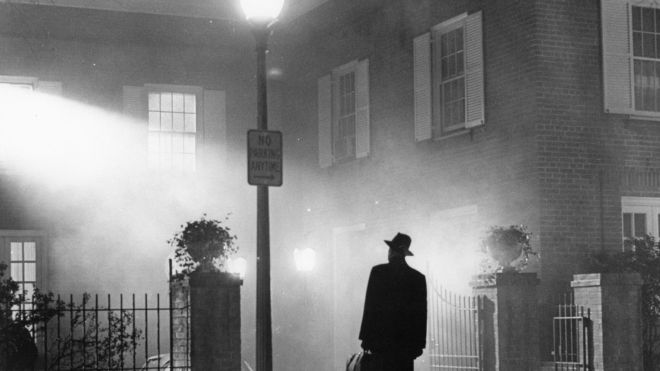

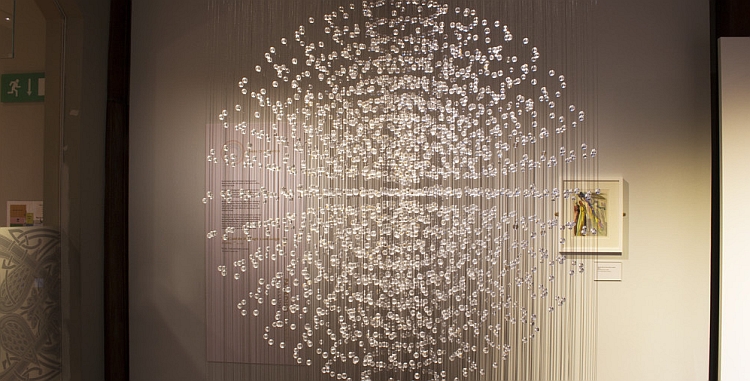
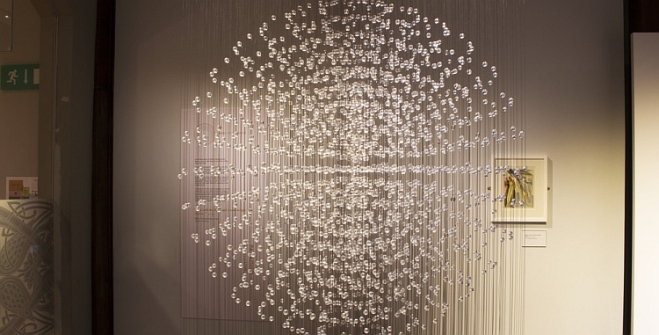
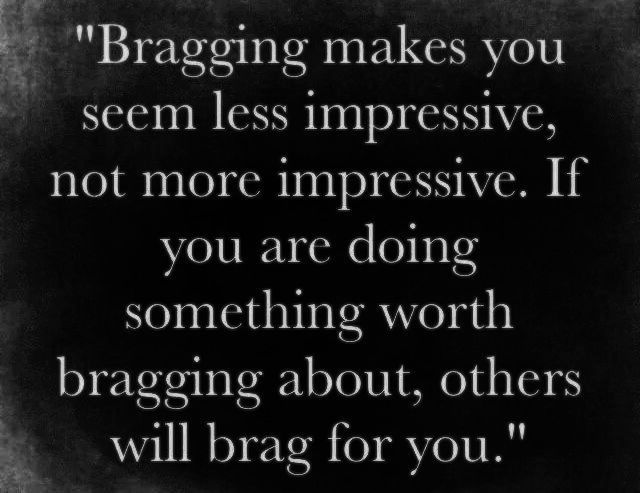
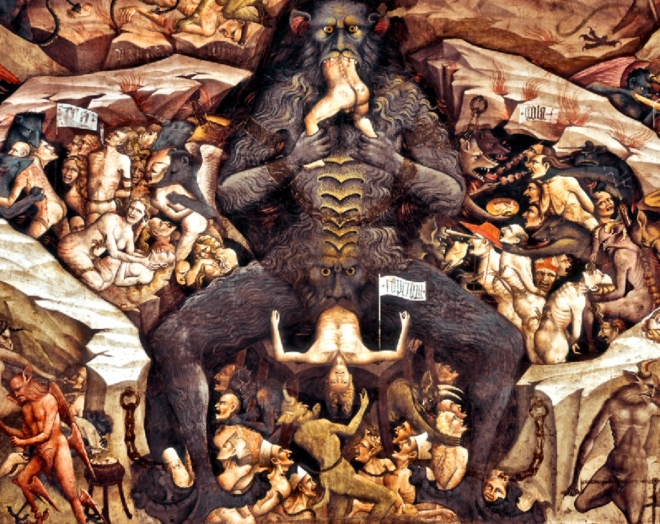
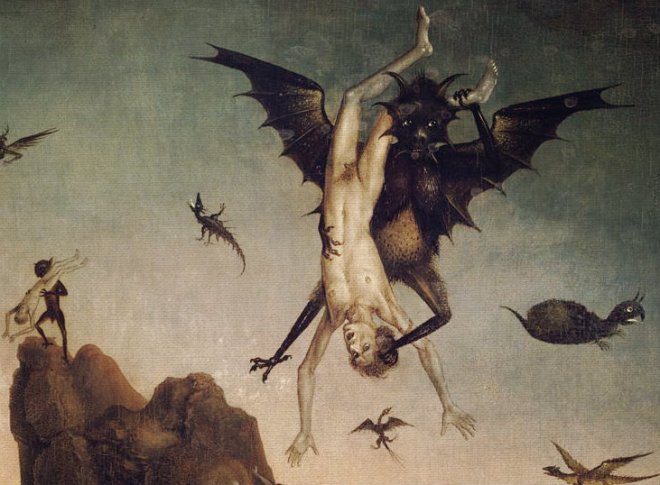
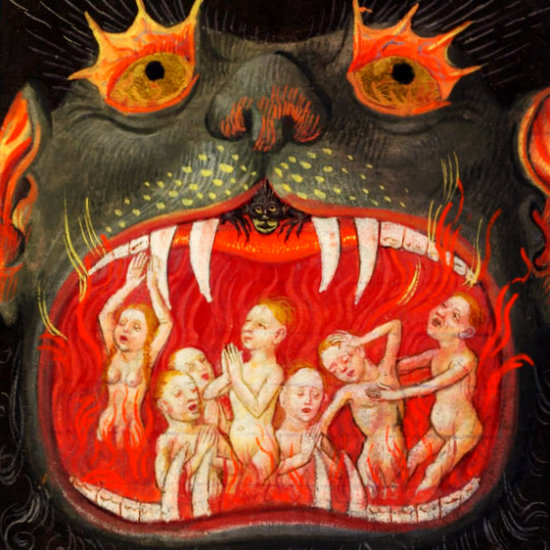
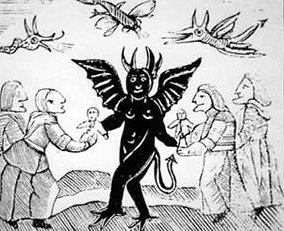
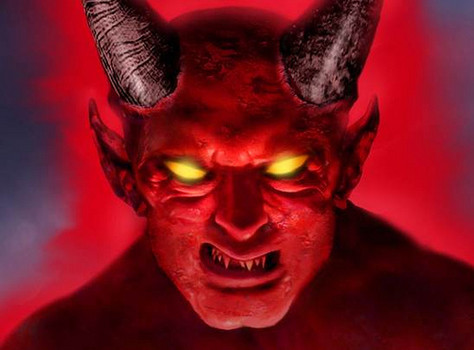
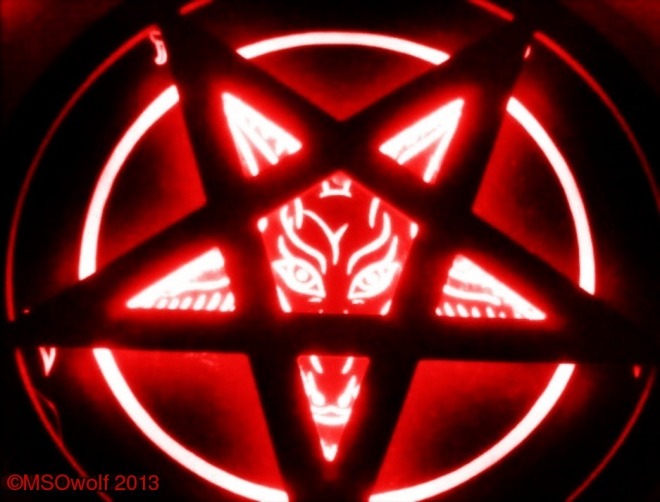 Picture Copyright MSOwolf 2013
Picture Copyright MSOwolf 2013
